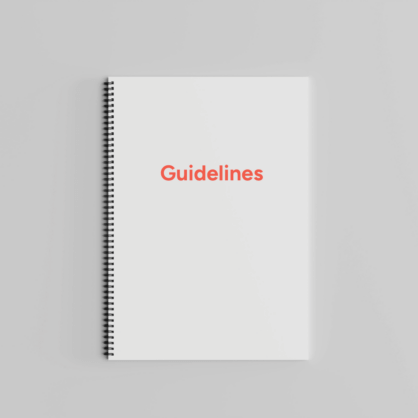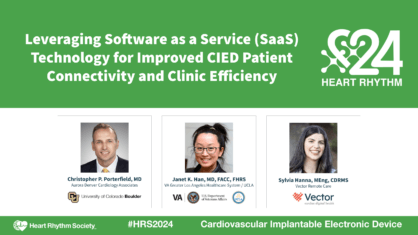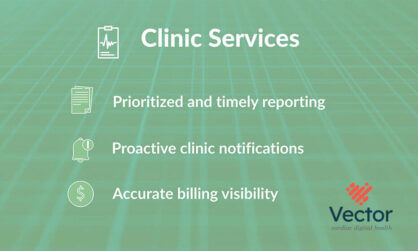Remote Patient Cardiac Monitoring Cost – from Expense to Investment

Remote cardiac monitoring collects information from patients’ implantable rhythm management devices and directly transmits data to a physician’s office, saving both the patient and clinic time and cost. This allows the medical team to review the results promptly and eliminates the need for a patient to be physically present.
The benefits of remote patient monitoring are vital to the success of a cardiac clinic, but it’s often seen as a cost center instead of a revenue driver. Especially during a time when cardiac clinic budgets are getting hit by significant rate cuts due to CMS change. But that narrative isn’t quite correct. Used and implemented correctly, remote cardiac patient monitoring can be profitable and help support staffing a dedicated remote monitoring team within your clinic.
Profitable Opportunities
Patient connectivity
When it comes to remote patient monitoring use case success, implementation plays a big part. 45% of remote transmissions are never sent due to improper setup and lack of ongoing collaboration with clinics. To increase revenue, the first step is to increase transmissions. That means making sure patients are enrolled in remote monitoring, connected and transmitting.
Billing capture
Once patients are connected, the next hurdle is to ensure on-time billing is set up to take place within the 30-day and 90-day windows so the work it takes to manage these patients is getting covered financially. Utilizing Electronic Health Record (EHR) integration with remote monitoring technology will allow for automated billing, so reports don’t get lost in the shuffle between care teams and billing teams.
New Services = new billing opportunities
Grow remote monitoring capabilities by adding new services and expand your opportunity to collect even more revenue. Examples include:
- Heart Failure – Incorporate HF-enabled device diagnostics and weight scales, which will translate into actionable insights for proactive, preventative care.
Getting started
Not every clinic has the resources to get this done in-house. Working with third-party remote patient monitoring software prioritizes these items is an investment that will pay dividends, supporting clinic efficacy and financial growth. The remote patient monitoring industry is growing, and there are companies that have your back.
Vector Remote Care can help you improve patient care, operations and costs by making remote patient monitoring an investment instead of an expense, ultimately increasing your revenue and growing your clinic.
Request a customized Healthcare Economics Assessment Report to see how implementing a remote cardiac monitoring platform can improve your bottom line.














